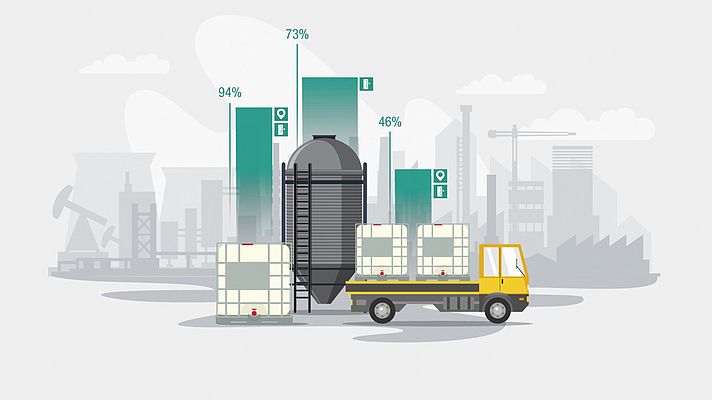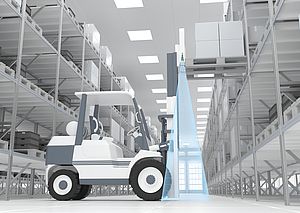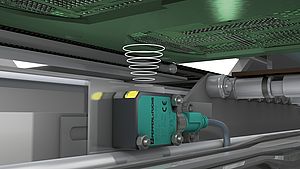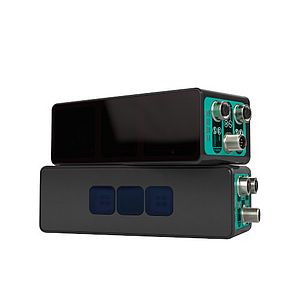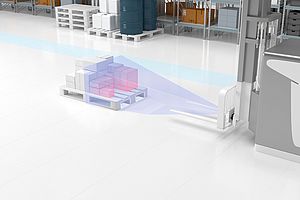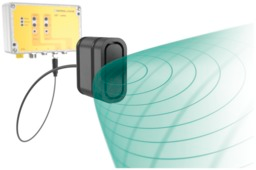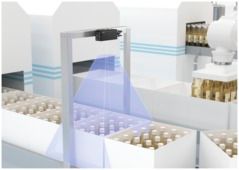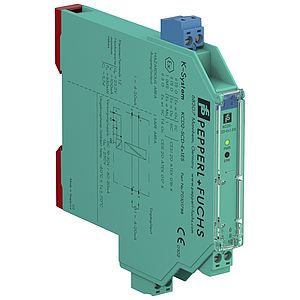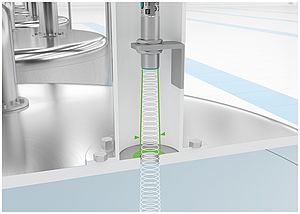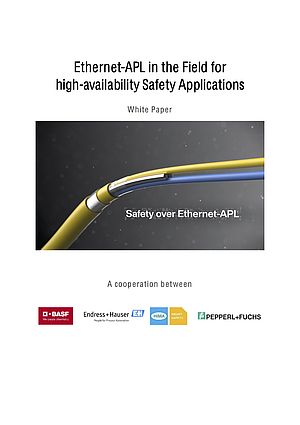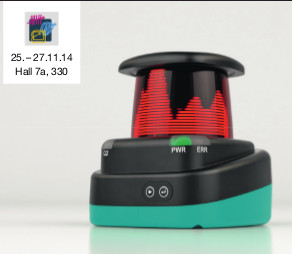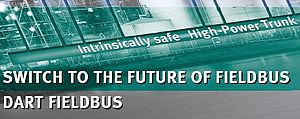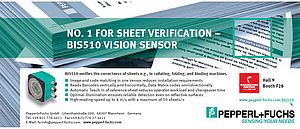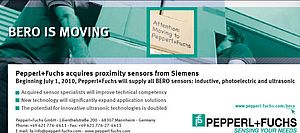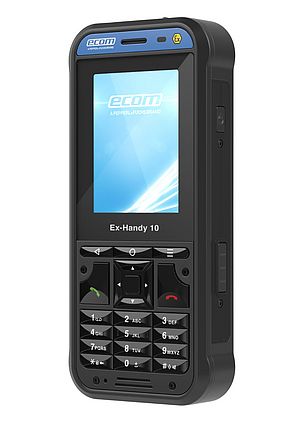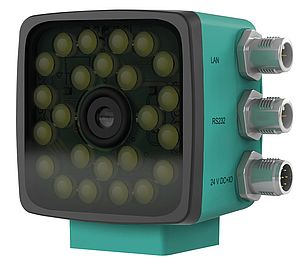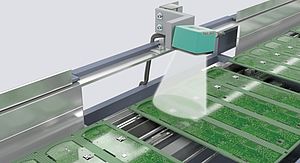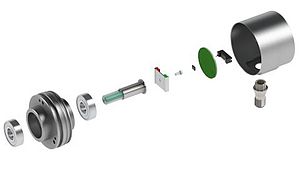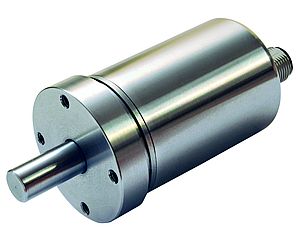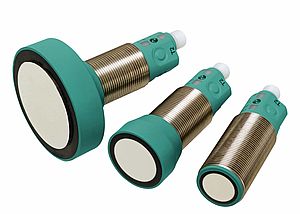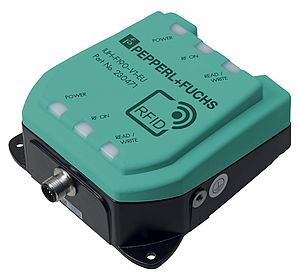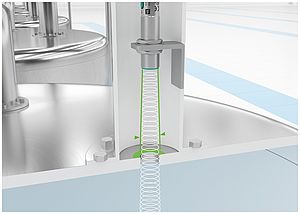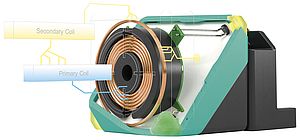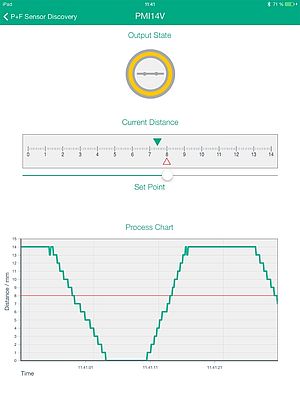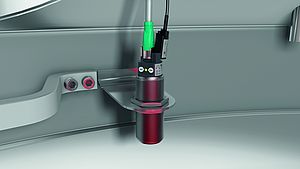The internet conveniently allows us to provide information, regardless of space and time. Linking this omnipresent source of information to the technical things that surround us creates the Internet of Things (IoT). These things then independently communicate with other machines and processes via this technical network, resulting in a completely new dimension of digitalization. Consequently, many work steps that previously required human intervention become automatic. An important advantage of such automated processes is that they can be monitored and controlled remotely. In addition to increasing productivity, this automation is advantageous in a virus-induced lockdown situation where human movement must be restricted.
Wireless Communication Is Key to the Internet of Things
Wireless technologies are vital to enabling a large number of technical devices to connect to the internet. Using this technology eliminates expensive cabling costs and enables technical devices to be flexibly connected to the internet. Choosing the correct wireless technology is essential for ensuring the success and cost-effectiveness of the entire IoT solution. Technologies such as NFC and Bluetooth are available for very short wireless ranges. Generally, if data needs to be transmitted over several hundred yards or even miles, public mobile wireless standards must be used.
Bandwidth for data transfer has increased with each network generation—from GSM to UMTS, LTE, and then 5G. However, since most IoT devices are battery powered, higher data rates often mean greater energy consumption. This is why low-power wide-area networks (LPWAN) have been developed in recent years—to provide an alternative to conventional mobile communication technologies. The data rates of LPWANs are significantly lower than those of mobile communication, but are still sufficient to transfer small amounts of status data from technical products and machines to the internet, giving the battery a service life of many years.
LoRaWAN as an Alternative to Mobile Communication
LoRaWAN (long-range wide-area network) is currently the leading LPWAN technology. It operates in the sub-Ghz band, which means it can achieve ranges of over one mile in built-up, urban areas and around ten miles in open areas. The technology can also effectively penetrate building walls or basements, making it energy suppliers' preferred choice for transmitting gas and water meter readings. Since the technology uses license-free ISM band, SIM cards are not required and there is no charge for just transferring data. In addition to the economic benefits, the LoRaWAN protocol offers a high level of data security. Indeed, the transmitted data is encrypted using the established AES128 specification.
This encryption is implemented in a two-step process, which is equivalent to actual end-to-end encryption—from the wireless IoT device in the field to the data user online. The specific LoRa architecture allows users to set up public networks for cities and municipalities and operate a protected and fully private campus network on-site. The standardized LoRaWAN protocol is developed by an open community of international companies and marketed worldwide. With over 500 members, the community provides the technological basis for a wide range of components and products available on the market.
The Intelligent Container
WILSEN.sonic.level is Pepperl+Fuchs' first LoRaWAN sensor. This sensor is a battery-operated level sensor that uses an integrated ultrasonic module to measure the distance to the filling material and calculate the fill level of the container. In addition to this level technology, the device is equipped with a temperature sensor and a GPS receiver, which can be used to determine the current geographical position of the mobile container fitted with the sensor. In addition to withstanding vibrations, the industry-standard IoT sensor has a high IP rating, enabling outdoor use without additional protection. The integrated ultrasonic module can be adapted to the specific level application. For example, obstructions inside the tank or silo can be filtered by changing the sound parameters. The IoT sensor is parameterized via an app that allows the operator to use a mobile device to connect to the sensor via Bluetooth. This remote access is always beneficial if the sensor is located in a hard-to-reach place inside a closed container or under a bridge.
Many Applications for Wireless Level Sensors
The WILSEN level sensor was designed for intelligent waste management in smart cities and municipalities. Offering sophisticated adjustment capabilities, the sensor is the optimal solution for glass recycling and used clothing containers. Since LoRaWAN technology has high penetration capabilities, the sensor can also be used in containers that are partly or wholly underground.
IoT sensors such as WILSEN.sonic.level can be used in many different applications. When fitted with the sensors, containers, tanks, and silos become significantly smarter. The sensors can tell us when the containers are empty and must be replaced to ensure a continuous supply. They can also inform us when containers are full and where they need to be collected. Widespread access to this important information allows us to switch from time-controlled to demand-controlled logistics processes. In addition to saving valuable resources, this has less of an impact on the environment.
By Michael Bozek, Business Development Manager for Industry 4.0 at Pepperl+Fuchs


